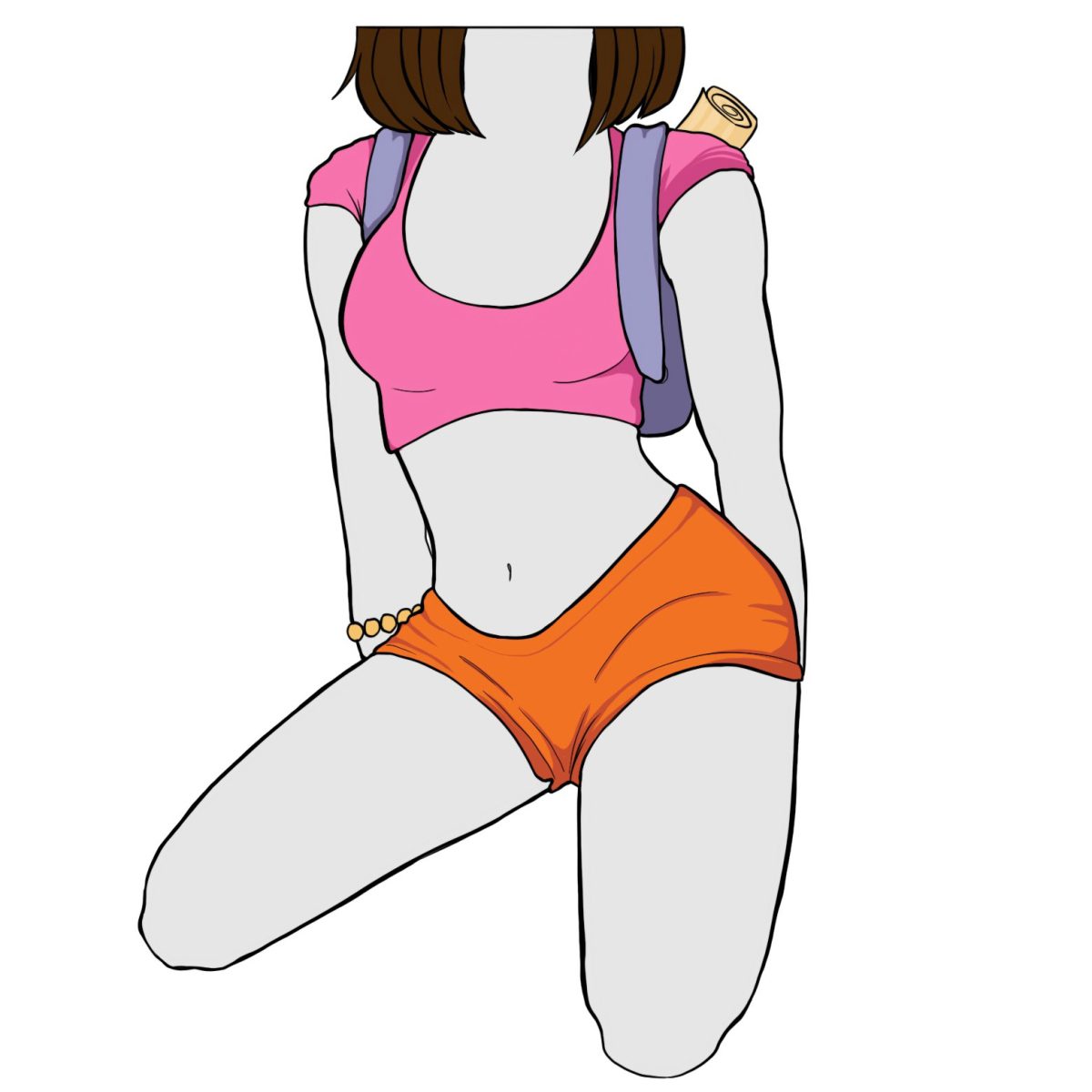Halloween is arguably one of society’s favorite days of the year for numerous reasons. Free candy, a fun time with friends, and getting to dress in a manner divergent to the rest of the year gives October 31 its ever-adoring fanbase. However, the wardrobe freedom Halloween allows also gives in to a lot of uncomfortable costumes. While people should not be shamed for expressing themselves in an adult manner, there are a few guidelines that should be addressed.
It should go without saying that costumes bringing a sexual nature to a culture not belonging to the wearer is, at the least, offensive. According to the Daily Orange, Syracuse University’s newspaper, “On websites and in costume stores, there’s a pattern of offensive generalizations about ethnic minorities. Women of color, in particular, tend to be targets of this kind of sexualized stereotyping” (dailyorange.com).
A population highly affected by this are Indigenous Americans, whose traditional clothes and traditions have been reduced to a feather on a forehead and revealing bottoms. Per OU Daily, “…costumes like the ‘Pocahottie’ perpetuate a troubling image that Native women are sexual objects. Native women don’t walk around with paint on their faces, feathers in their hair or buckskin miniskirts. But that’s what these costumes infer. Men’s costumes are no better, commonly featuring
loincloths, tomahawks and, usually, the absence of a shirt” (oudaily.com). “Pocahottie” refers to a costume still being manufactured and sold, that sexualizes the historical figure Pocahontas (who, for the record, was eleven years old when she encountered Europeans). The introduction to the costume’s description, according to one real website selling this costume, reads, “How about a little tribal trouble? No man could resist this naughty native” (aboutcostume.com). Costumes are worn to celebrate a festive day with family and friends, not to delegitimize someone’s ancestry.
Taking childhood-aged characters, fictionalized or real, and using them as the basis for a sexual costume is beyond disturbing. Back in 2017, a costume modeled after a character from Netflix’s “Stranger Things’’ turned heads. According to ABC News, “The ‘Upside Down Honey’ costume is based on [Actress] Millie Bobby Brown’s onscreen character, Eleven, but is intended only for adults … critics on social media claim the design sexualizes a child star. Brown was 12 at the time of filming Stranger Things” (abcnews.go.com). Adults have every right to embrace their sexuality, and Halloween attire is a wonderful opportunity to explore that side. But sexualizing a child can’t be excused in the name of mature expression, no matter how harmless the intentions.
This doesn’t mean that dressing up as someone underaged is banned in all regards; costumes can be a wonderful way of remembering nostalgic figures. However, there’s a big bold line between appreciating something and using it to be seen in a sexualized appropriation. Common examples of turning child characters, or childlike attire into an adult costume include a Girl Scout, Dora the Explorer, and Nezuko from the anime “Demon Slayer”. Senior Bella Giron said, “I would say it’s fun to change a character’s styles to fit what you want your costume to look like, but it’s unacceptable to sexualize young characters, real or not.”
The last day of October is a day to celebrate all that is spooky. Costumes are just one of the facets through which people can experiment with and explore their styles. When it comes time to dress up, remember that responsibility in picking one’s costume is of utmost importance.

